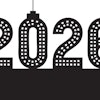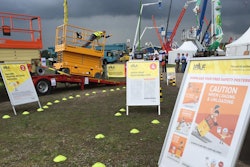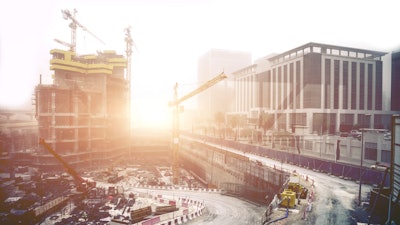
National nonresidential construction spending fell 0.1% in March and is up 2% compared to the same time last year, according to an Associated Builders and Contractors (ABC) analysis of U.S. Census Bureau data. On a seasonally adjusted annualized basis, spending totaled $802.6 billion for the month.
Among 16 nonresidential subcategories, 12 experienced a decline in spending on a monthly basis. Private nonresidential spending fell 1.3% from February, while public nonresidential construction spending increased 1.6%.
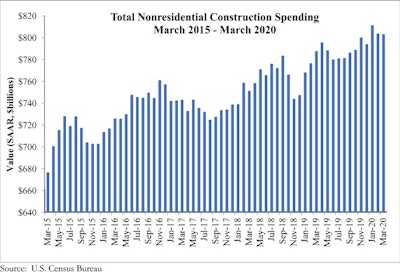 Associated Builders and Contractors
Associated Builders and Contractors
“However, the data are inconclusive,” said Basu. “Economically, the pandemic impacted only a portion of March. Moreover, March represented only the tip of the iceberg in terms of the economic impact of COVID-19, as April was far worse. Many general contractors are in the midst of discussions with developers and other consumers of construction services regarding potential project postponements and cancellations. While the health of public finances held up in March, they collapsed in April as governors, mayors, county executives and others began to observe large gaps in budgets. According to ABC’s Construction Confidence Index, confidence in sales, profit margins and staffing levels plummeted in late March. This strongly implies that pre-existing backlog may not be as potent a defensive mechanism as it typically is during the early stages of an economic downturn.
“Furthermore, there have been anecdotal reports of construction projects shutting down temporarily due to lingering concerns about the need for aggressive social distancing and associated worker availability challenges,” said Basu. “All of this suggests that the March spending data may be supplying a false sense of industry-wide stability. Data characterizing construction spending in April and May will be far more instructive.”
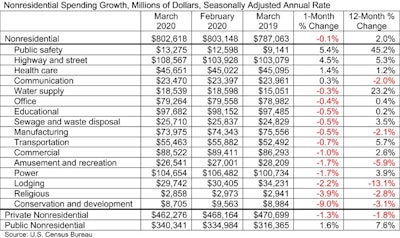 Associated Builders and Contractors
Associated Builders and Contractors


